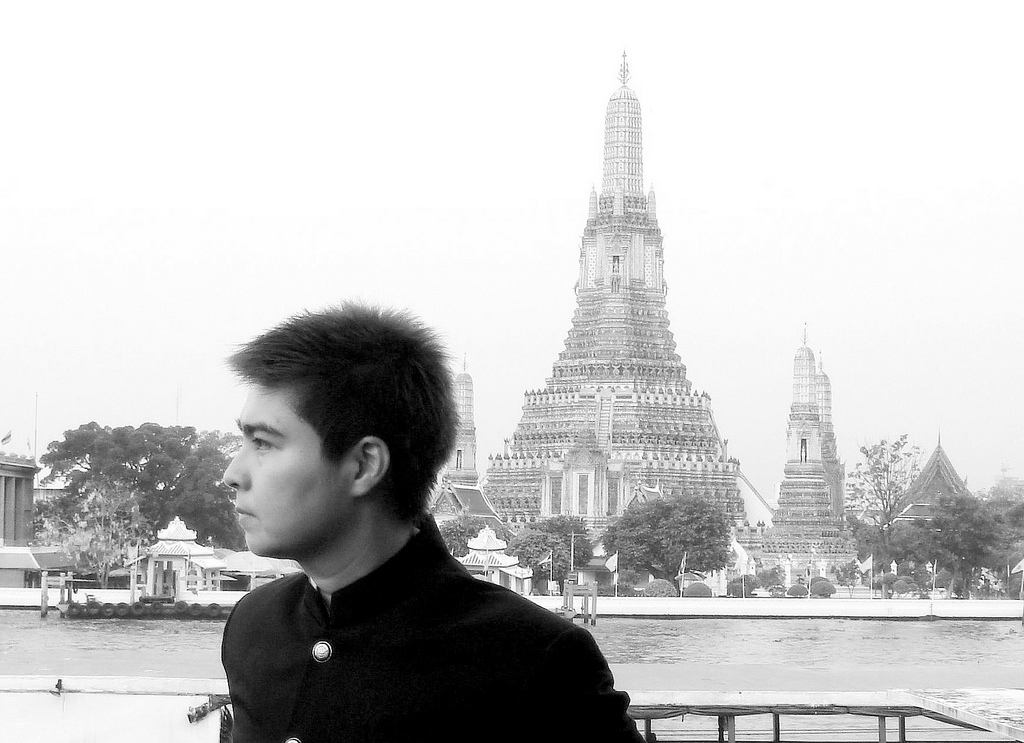What is Bushido?: "The final rationalization of Bushido thought occured during the Tokugawa period (17th century ff.), when Yamaga Soko (1622-85) equated the samurai with the Confucian 'superior man' and taught that his essential function was to exemplify virtue to the lower classes. Without disregarding the basic Confucian virtue, benevolence, Soko enphasized the second virtue, righteousness, which he interpreted as 'obligation' or 'duty'. This strict code of honour, affecting matters of life and death, demanded conscious choice and so fostered individual initiative while yet reasserting the obligations of loyalty and filial piety. Obedience to authority was stressed, but duty came first even if it entailed violation of statue law. In such an instance, the true samurai would prove his sincerity and expiate his crime against the government by subsequently taking his own life.
By mid-19th century, Bushido standards had become the general ideal, and the legal abolition of the samurai class in 1871 made Bushido even more the property of the entire nation. In the public educational system, with the emperor replacing the feudal lord as the object of loyalty and sacrifice, Bushido became the foundation of ethical training. As such, it contributed both to the rise of Japanese nationalism and to the strengthening of wartime civilian morale up to 1945. "
Saturday, May 14, 2005
Subscribe to:
Post Comments (Atom)

No comments:
Post a Comment